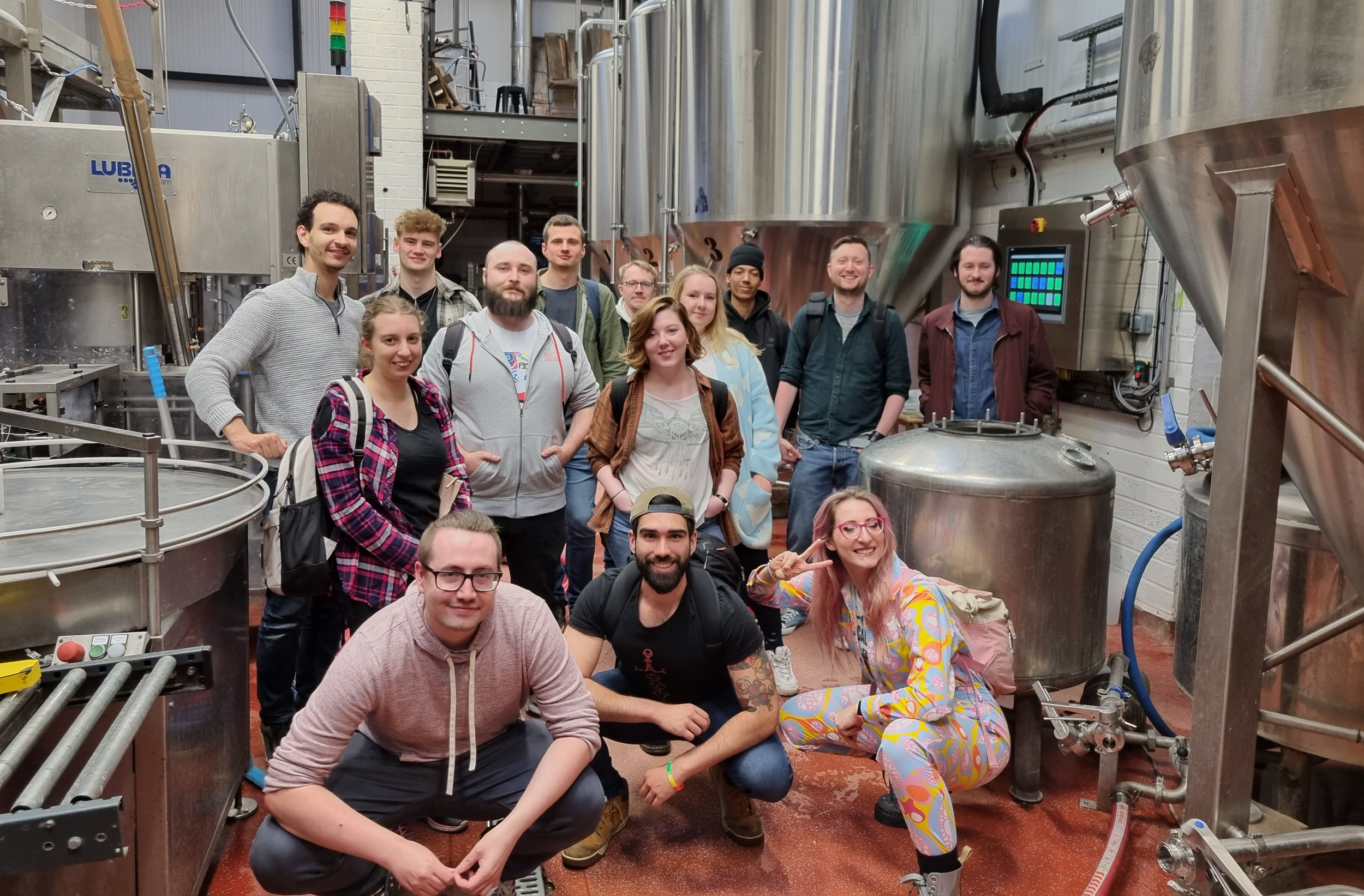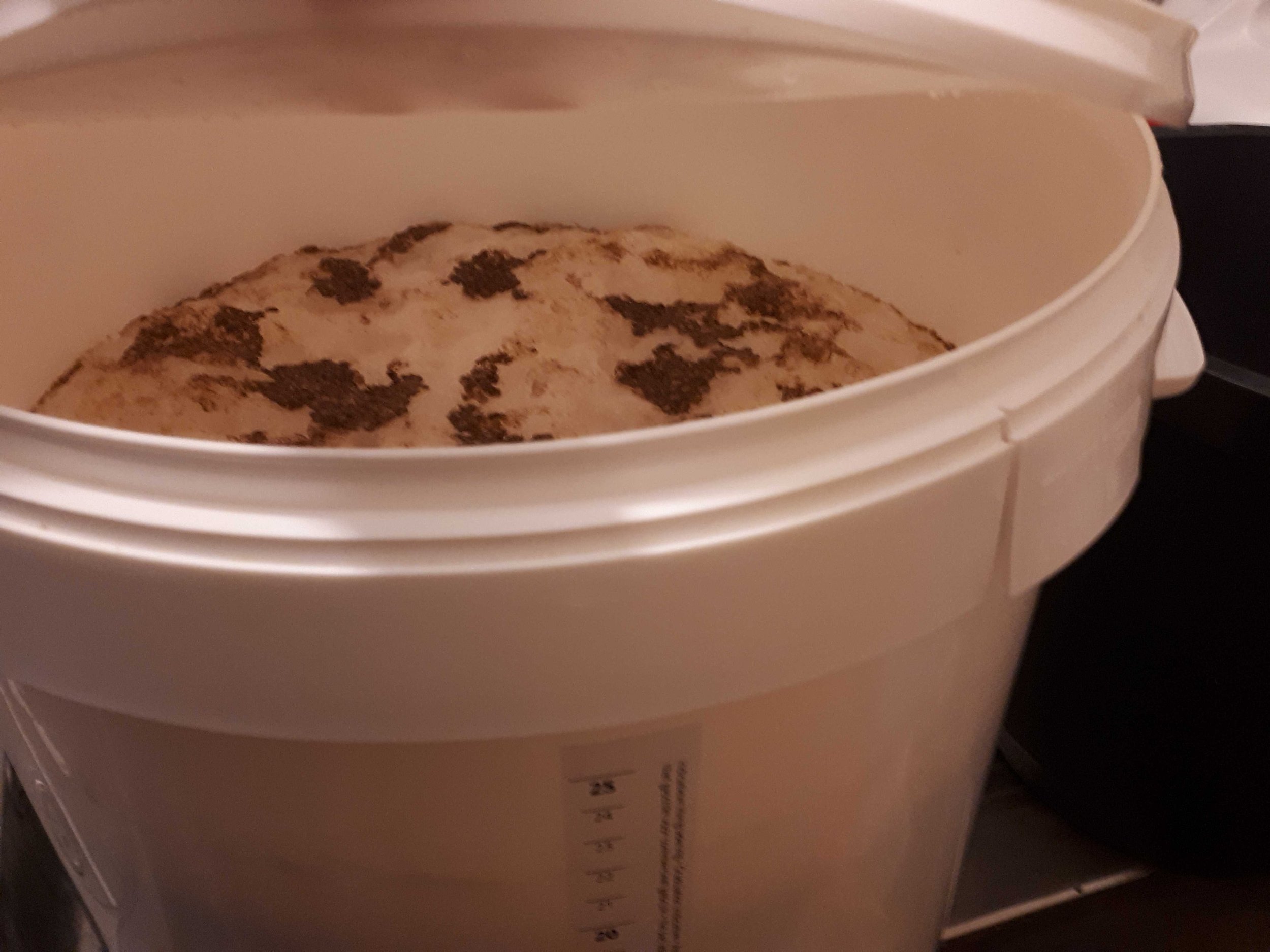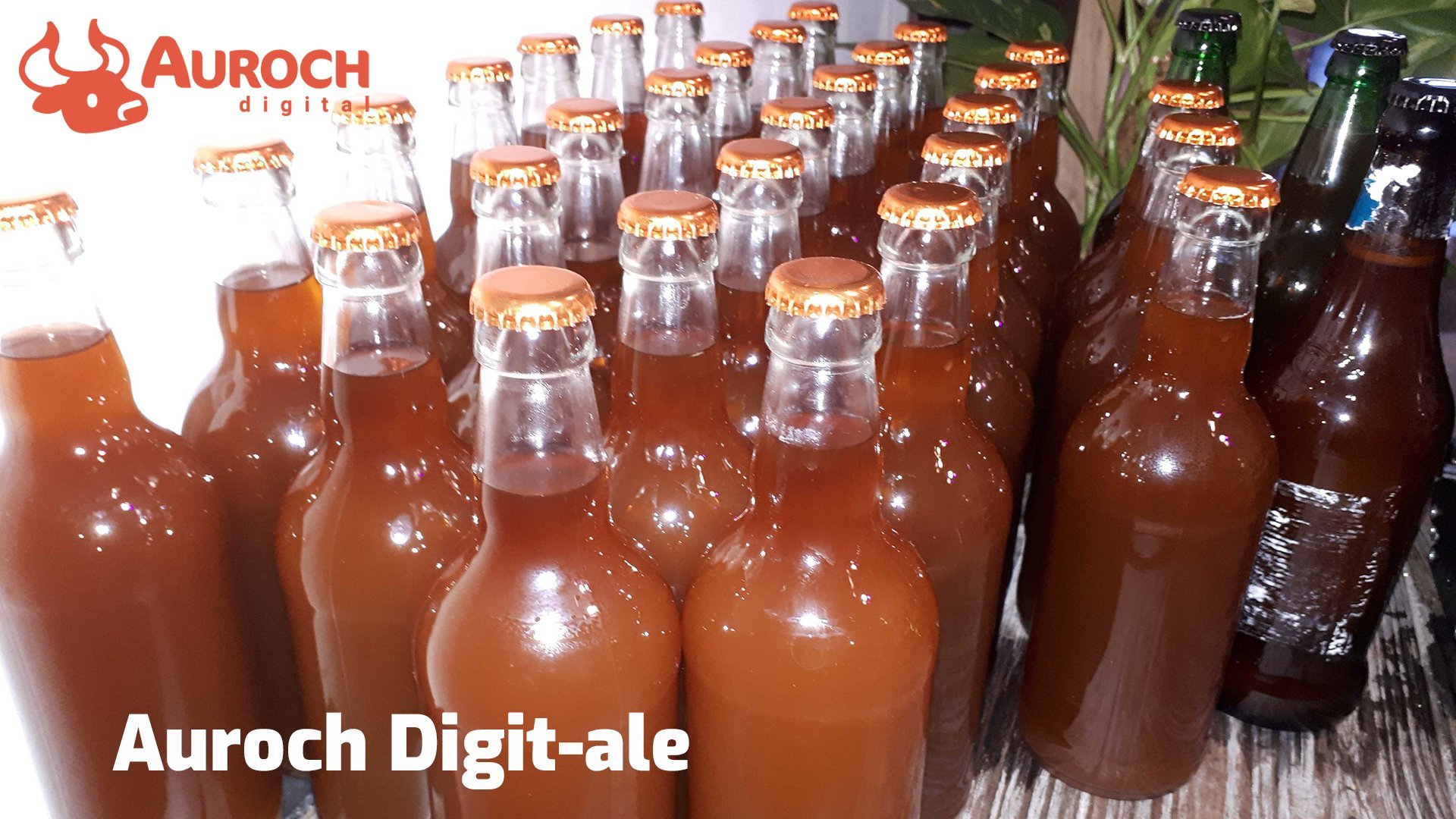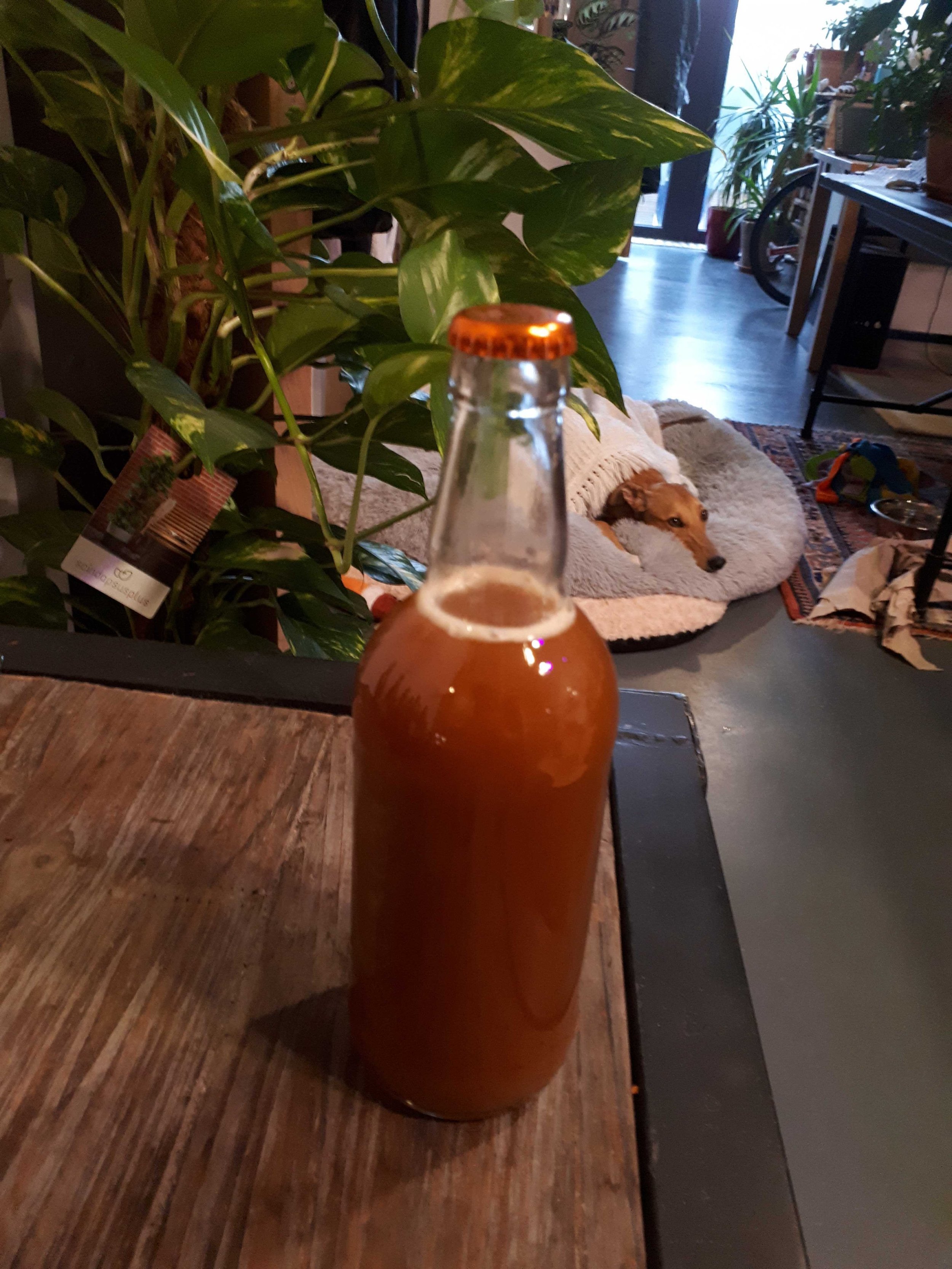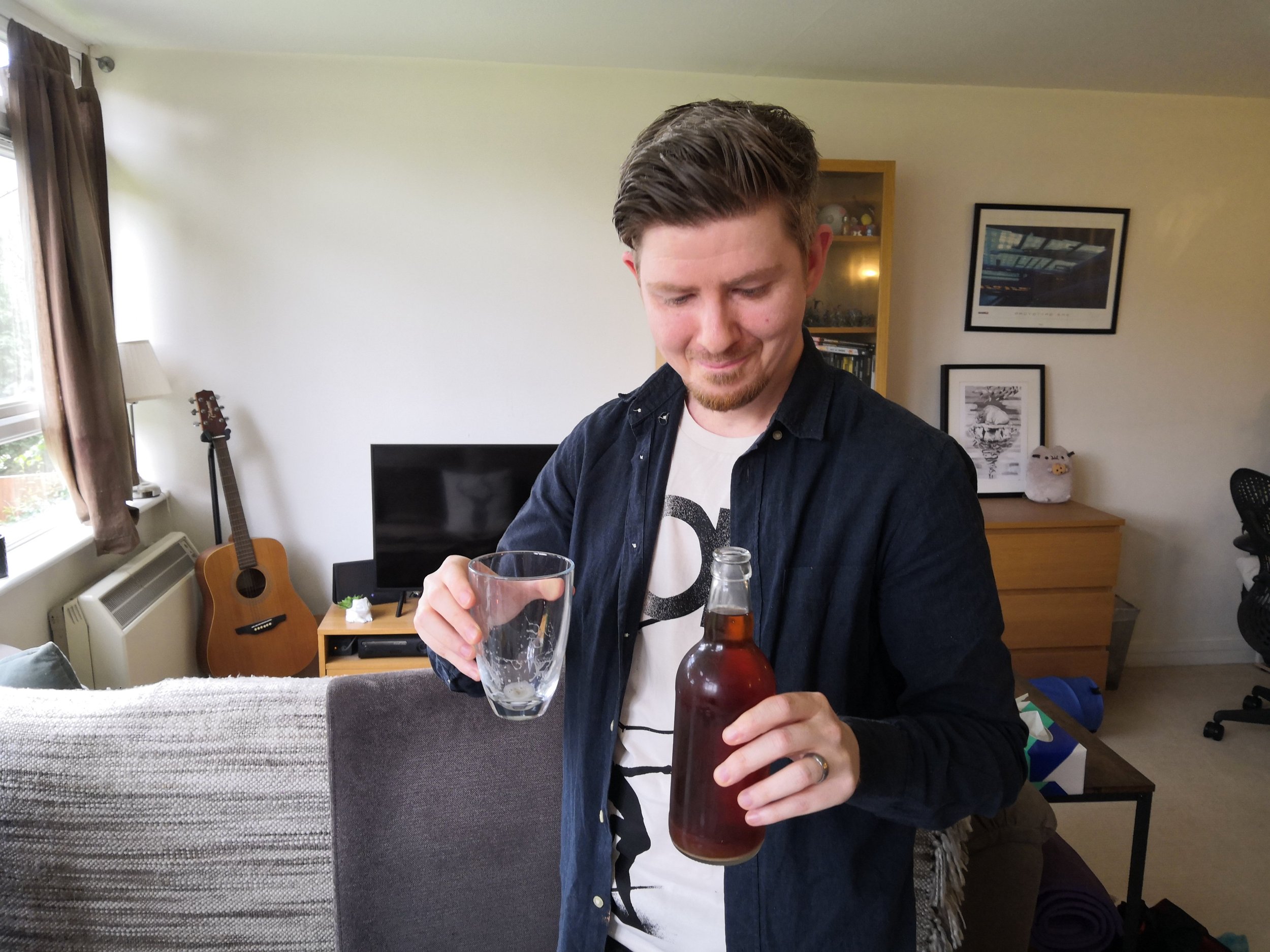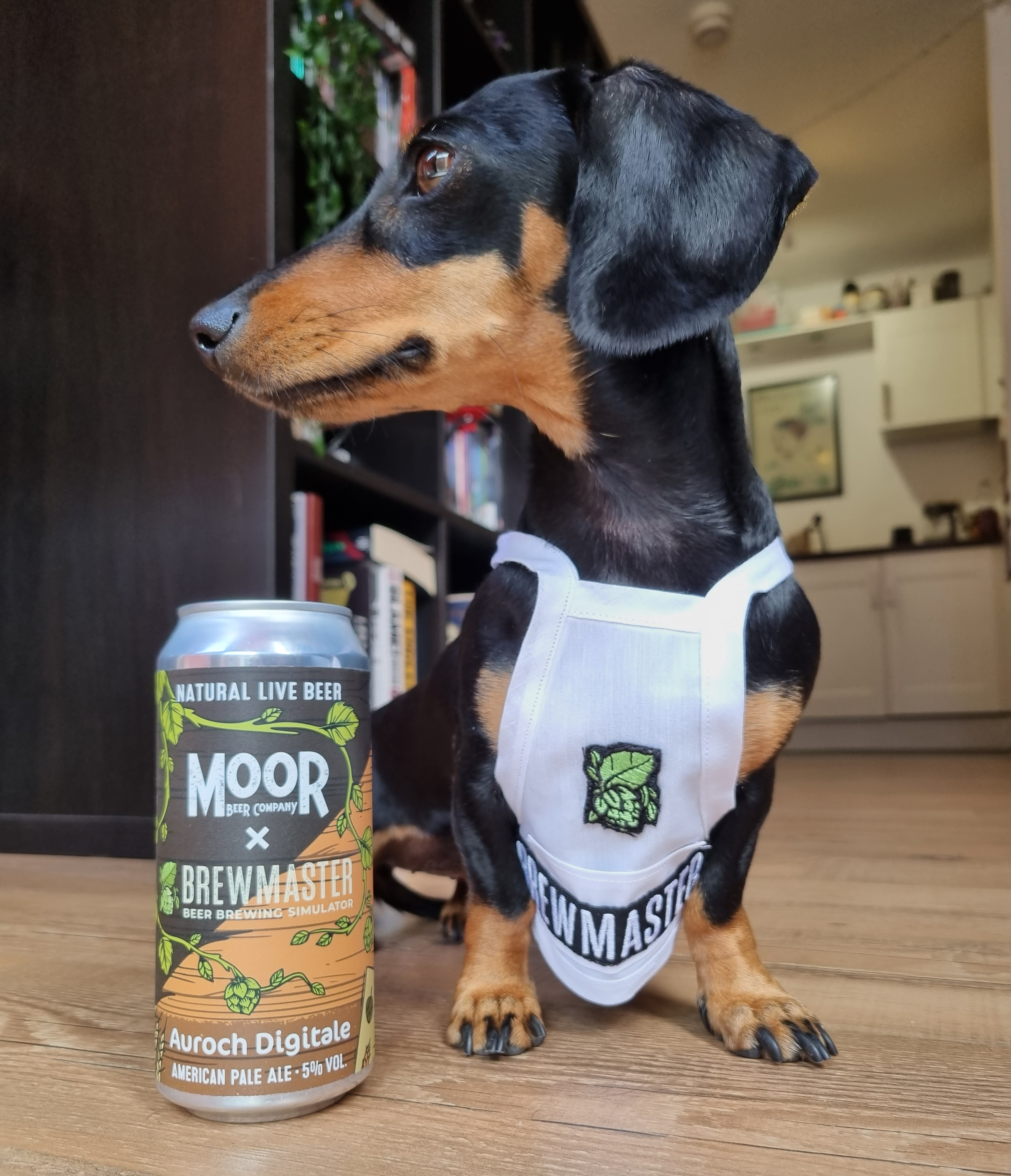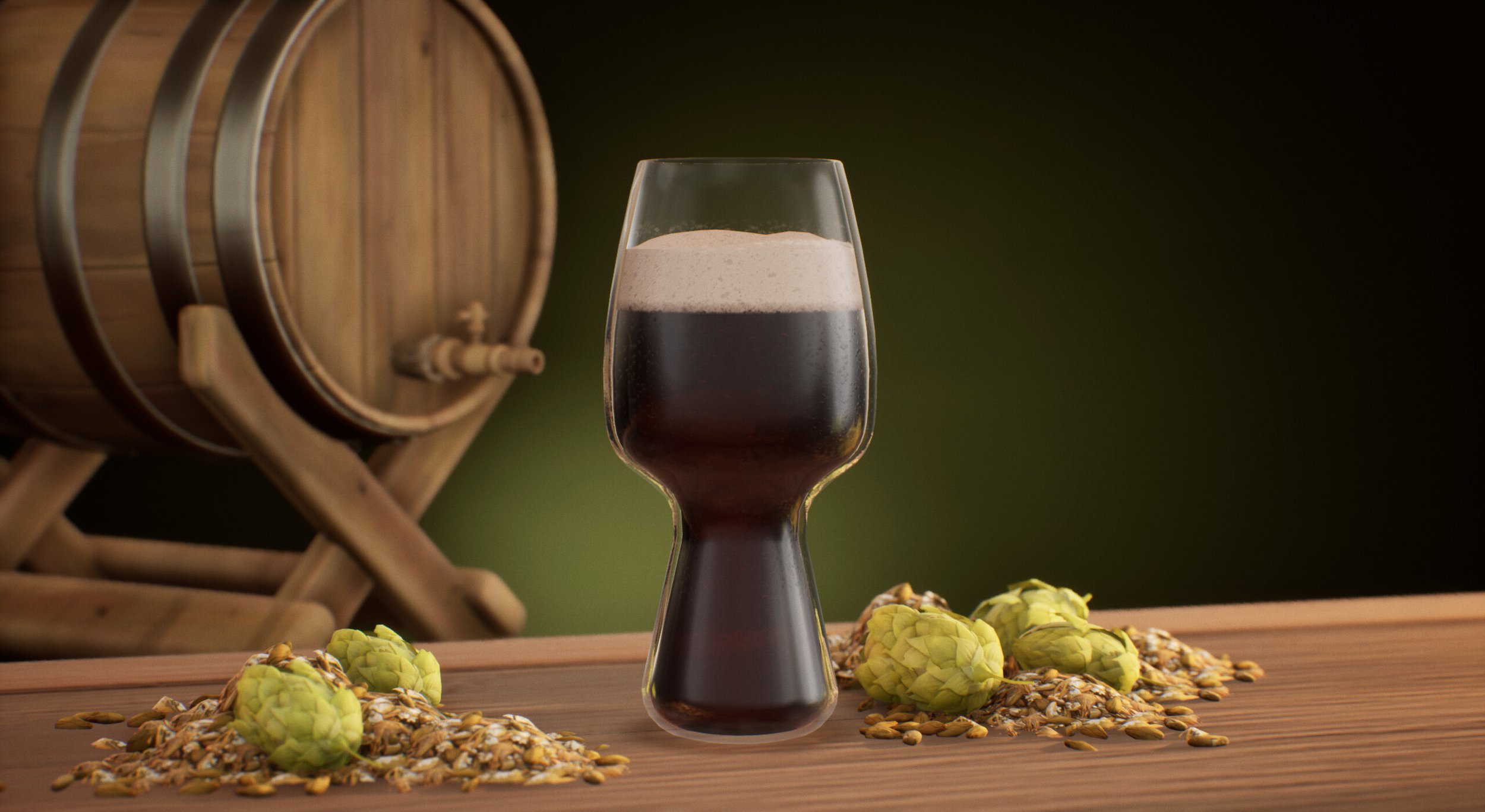How to create an authentic video game
/In 2022 we released Brewmaster – our first-person simulation game about brewing beer. It’s been a success for us as a studio in a number of ways, the most obvious of which is that it’s our game with the highest percentage of positive reviews on Steam to-date, it’s accumulated a great player base in our Discord and we’re pretty happy with its sales.
The success of the game has been in-part down to how we researched and immersed ourselves in the subject material to deliver an authentic experience to our players. Here, Production Director Peter Willington discusses the research journey of the team and the impact it had on the development of Brewmaster.
What does authenticity in video games mean?
Authenticity refers to how ‘true to life’ something appears – whether it’s a person being their authentic selves or a piece of media accurately reflecting its real-world inspiration.
For video games, the word ‘authentic’ is often associated with games that are set in a historical context and research prior to and during the development of that game is to ensure events are correctly presented, personalities are mirrored and environment is reflected.
However, we’re experts in making games that relate to and deal with real world issues so ensuring our games feel real is hugely important to us. Whether it’s the accuracy of space exploration in Mars Horizon or beer recipes for Brewmaster: Beer Brewing Simulator – we’re always working to create an authentic experience that players can learn from and enjoy playing.
In-depth research and analysis around a topic have proven to be a successful recipe for true-to-life media for many years, and it can be brilliantly summed up in Ed Catmull’s book, Creativity Inc, in which the co-founder of Pixar, who later become the President of Walt Disney Animation Studios, explains how dining across France influenced Ratatouille’s famous kitchen scenes.
Some of the Brewmaster team doing beer tasting.
But this use of the technique in more fantastical works indicates another interesting aspect of research: immersion in a subject matter is also important for games that aren’t realistic.
The sheer number of Warhammer miniatures on display in our studio video should hopefully indicate that we’re incredibly passionate about all aspects of the Warhammer universes. Consequently, it should be no surprise that diving deep into the lore and history of Warhammer 40,000 to help build out aspects of the setting and story for Boltgun has been both a pleasure and a way to ensure we make the game feel authentic for fans that really know their stuff.
So how did we do this with Brewmaster it? Let’s begin…
We drank a lot of beers 🍻
One team member drank roughly 500 different beers over the course of Brewmaster, and various members of the team did a number of different tasting sessions throughout the project - we encouraged anyone interested in getting to know beer a bit better to do so, if they felt comfortable.
Side note: I want to stress at this point that we made it very clear at the beginning of Brewmaster that drinking was by no means a requirement to be on the project, and indeed we had a number of team members who either didn’t change their alcohol consumption, or simply didn’t drink in the first place (and making a video game sure wasn’t going to change this about them). I should also say that those 500 beers were consumed over the course of two and a half years, which equates to roughly one beer every couple of days (on average), well below Drinkaware’s guidelines for low risk drinking.
With that out the way, why drink beer for research? What can it tell you about making a game?
First, you really get to know the depth and variety of the craft that’s being represented. Before I started Brewmaster, I kind of thought that all beer was essentially the same, and I know a number of the team shared that feeling – we just didn’t have enough experience with the thing, and that meant we’d brought a lot of assumptions with us that would end up being challenged. I had no idea that beers could taste like mango, or dark chocolate, or bubble gum (!!!), and I had no idea that I could like different styles of beer rather than different brands of beer.
Second, it forces you to challenge other preconceived ideas about the act of tasting. Sitting down and really considering the drink in front of you turns it into something that’s part of the main event of the evening and not an afterthought that simply accompanies it. You quickly start thinking about whether glassware is important (it generally is!) whether what you’re consuming is good for your health (it’s complicated!) and whether beer being as cold as possible is always best (it rarely is!).
Third, your mind begins to wander into new areas of thinking. I remember one evening sitting down with a style I’d not tried before – a Belgian Tripel – and suddenly being struck by a bunch of questions: I’ve tried a Dubbel, is the Tripel related? Is it always a higher ABV? If they are related, why is the colour different? Are all beers like this from Belgium? And why does this bottle have a little “Trappist” symbol on it? The answers to all of these, and more, informed huge chunks of the game’s story mode and Brewpedia, and that initial round of inquisitiveness led to yet more questions. You start to realise that drinking craft beer, for some people, is a hobby with so many elements to it - it’s not just an excuse to drink booze.
We got beer qualifications 👩🏫
Did you know you can get beer qualifications? I certainly didn’t know when we started, but as part of our research we found that they’re out there, and as part of our pre-production work, we had a bunch of the team do the Certified Beer Server from Cicerone course and exam, figuring that it would be a good way to get to grips with the subject and have a rounded knowledge of beer.
We learned so much about how beer is made, how it’s presented, and so on, but the key thing this gave us was a universal language to speak with one another.
Often on creative projects you’ll end up calling the same things different names. Take Mars Horizon as a good example: what do you call the thing that takes a payload into space? Is it a “rocket”? A “shuttle”? A “spaceship”? A “launch vehicle”? This might seem like pedantry, but each of these terms is casually used to mean the same thing when they’re actually different, and anyone who knows a bit about the subject is going to find their incorrect use inauthentic, or just plain wrong.
So doing the course meant that we stopped referring to the “darkness of” the beer or “how brown” it was, and instead started talking, much more precisely, about SRM values - we’d acquired a standardised set of knowledge so we could more clearly communicate what we were discussing.
What the qualification also highlighted was how important getting these terms right was, and indicated towards where the limits of knowledge might be for our game. The course told us that there’s a lot of overlap between styles; one person’s Pale Ale is another person’s American Pale Ale.
We think of a wine sommelier as being a knowledgeable, respected position in the world of food and drink, and a Cicerone is essentially a beer sommelier, so the fact that this level of knowledge exists pointed out to us that our simulation needed to take this stuff seriously, we couldn’t “fake it”, but we also needed to accept that there was dispute over many areas of making beer.
When you perform a taste test in the game, you’ll notice that you can choose which style you were aiming for, rather than have Brewmaster make the choice for you, and that’s a direct gameplay decision that came out of this research.
IMAGE GALLERY BELOW: Below is a gallery of images from our lead designer for Brewmaster Matt. He created a recipe, Auroch Digitale, and brewed it start to finish to give himself a better understanding of the brewing process. This was the beer recipe that we then went on to get made by our partner Moor Beer and it actually went on sale and went to streamers.
We explored beer culture 🎪
It’s easy to think of “beer culture” as just a single, stereotypical thing: people, often men, drinking lager, in a bar. And in some instances that is how people engage with beer; it’s no more culturally important to their lives than the taxi ride to where they’re drinking, or the “filthy kebab” they have on their way home.
And if we’d just assumed that that was universally the case we would have made a very different kind of game in terms of its feel – more laddish, more focused on the results of beer than the process of creating it.
But that perception of beer being one thing is so far removed from the reality of what beer culture actually is. Simply put, beer culture is as varied and nuanced as the beers themselves.
And this was reinforced by our research. For example, we attended some beer festivals where high-end beer buffs were on the hunt for the new and the outrageous, and others which were about championing the local industry. We read Kenny Gould’s work of fiction about beer and poured over can art examples to see how artists think of beer as an avenue for creativity. We listened to Prof. Charles Bamforth’s lectures (collected in Brewmaster's Art) to hear about how some see specificity and science as the heart of what matters in beer. Even trips to local pubs reinforced to us that British drinking culture is very important to the fabric of the communities served by them – in many pubs across Britain these spaces are a communal location for anyone and everyone, and that’s not a global phenomenon.
If you’ve played Brewmaster then you’ll know that a whole bunch of this ended up in our story mode. Each of the characters you meet are embodiments of an aspect of beer culture we found interesting – Mei is the slow food movement, Rosa is beer as social equaliser, Jeff is the lifelong community of dedicated homebrewers that kept craft alive, Pat is beer as an act of creative rebellion, and Kristoff is beer as cultural history.
Applying research to other kinds of games 🎮
It’s easy to see how all of the above could be applied to other games grounded in reality - I’ve already mentioned that Mars Horizon benefitted from this approach as well.
And we know that this approach is successful at other organisations than just our own. In Ed Catmull’s book Creativity, Inc, the co-founder of Pixar (and later President of Walt Disney Animation Studios) explains the importance of research trips for the authenticity of Ratatouille’s kitchen scenes.
But this use of the technique in more fantastical works indicates another interesting aspect of research: immersion in a subject matter is also important for games that aren’t realistic.
The sheer number of Warhammer miniatures on display in our studio video should hopefully indicate that we’re incredibly passionate about all aspects of the Warhammer universes. Consequently, it should be no surprise that diving deep into the lore and history of Warhammer 40,000 to help build out aspects of the setting and story for Boltgun has been both a pleasure and a way to ensure we make the game feel authentic for fans that really know their stuff.
How does research impact a game?
I don’t want to end on a downer, but before closing this article out, it’s worth highlighting a challenge that this sort of thing has.
As a tool for use in creative projects, it’s hard to quantify research’s value directly - i.e. I’m not aware of any way of assigning a £££ value to it. This means that for teams wanting to embrace all the benefits it provides, it’s hard to justify it on a profit and loss spreadsheet to a sceptical audience.
We know from first-hand experience that it’s valuable, and Auroch’s leadership team deliberately tries to foster a culture of learning and improvement that goes hand-in-hand with this kind of activity, but for organisations that don’t have this culture, it might prove tricky to implement.
If that’s the kind of environment you find yourself in, one solution is to do as much research as possible without requiring investment from leadership – an artist listening to audiobooks about the subject, while modelling relevant objects, for example – and building out a case that points to any times that research avoided mistakes being made (saving money), or customers voiced their appreciation of a knowledge of subject material (improved quality).
Conclusion: research is great, give it a go!
I hope this article was useful and demonstrates why Auroch thinks immersion within a subject matter can be useful when making creative products. If our approach to this area of our work sounds interesting to you, check out our jobs page to see the roles we’re currently hiring for.
An in game beer in Brewmater: Beer Brewing Simulator




